Vegetable Masala is all about bold flavors and hearty veggies. Creamy, comforting, and seriously delicious.
Try my Chicken Tikka Masala next time, or if you’re craving a creamy, coconut-based masala, go for the Vegetarian Tikka Masala!
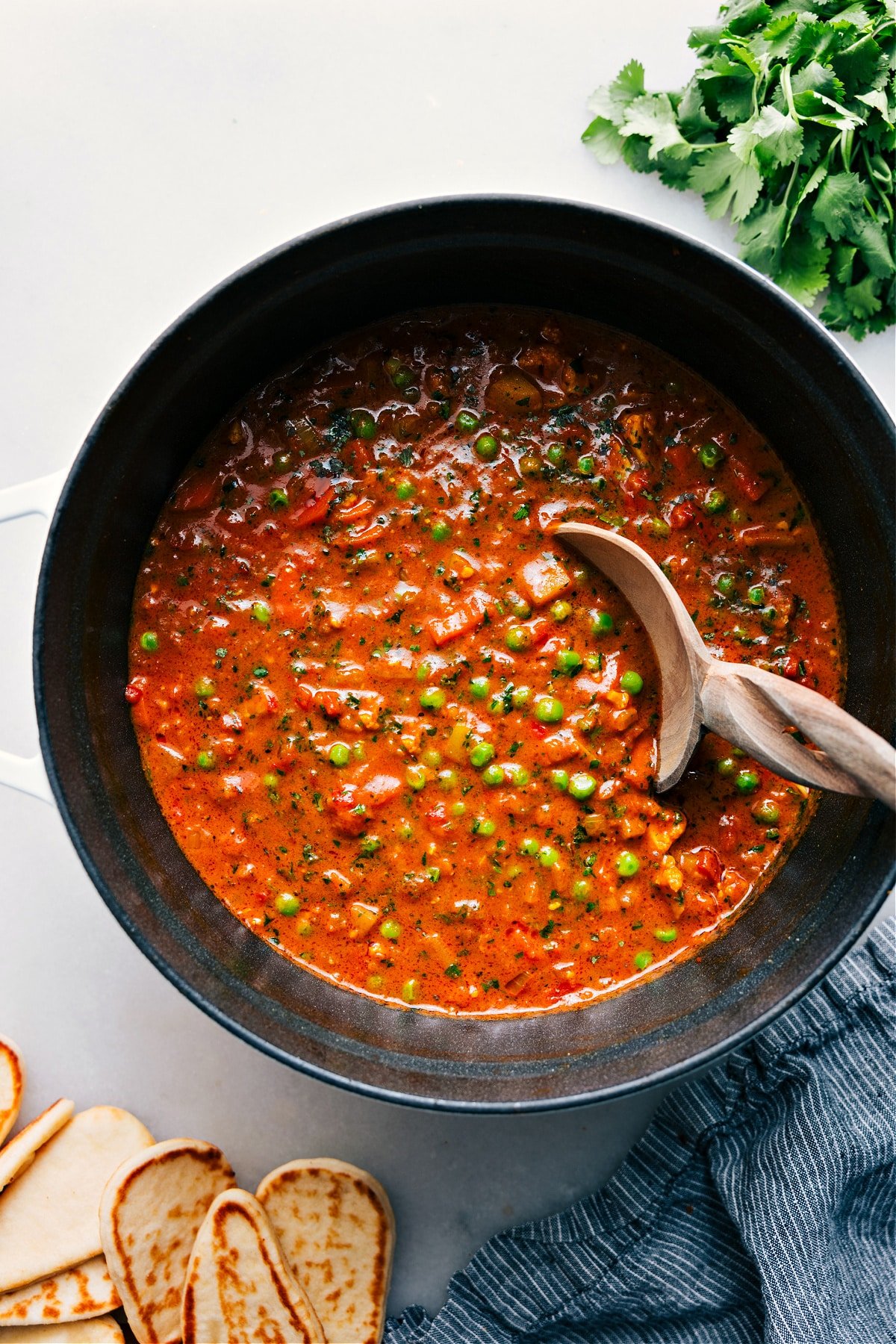
Vegetable Masala
When my husband and I went to the Maldives, we took an Indian cooking class and got to cook in real tandoor ovens—it was a blast! I’m still trying to convince him we need one in the backyard, ha!
We made a bunch of dishes, but Vegetable Masala was my favorite. This version is based on that recipe, with a few tweaks and easier-to-find ingredients in the U.S.
Like most Indian curries, this one has a good amount of oil and butter for rich, bold flavor. Cutting back changes the flavors, but keep in mind, this makes a big batch, so the fat per serving isn’t as much as it seems.

Ingredients
Here’s what you’ll need to make Vegetable Masala:
- Coconut oil & butter: Give the curry a rich, deep flavor.
- Red onion: Dice small so it blends evenly into the curry.
- Carrots & red bell pepper: Add sweetness and color. Small dice works best.
- Gold potatoes: No need to peel—the skins are soft. Just dice evenly.
- Cauliflower: Chop small so it cooks at the same rate as the other veggies.
- Garlic & ginger: Fresh is best, but jarred or paste works too.
- Tomatoes: Fire-roasted tomatoes bring a smoky depth.
- Vegetable broth: A good brand makes all the difference in flavor.
- Heavy cream: Adds richness and makes the curry extra creamy.
- Frozen sweet peas: Bring color and a little sweetness.
- Cilantro or parsley: Adds a fresh, bright finish.
- Sugar & spices: Sugar balances flavors, and the spice mix is key—don’t skimp!
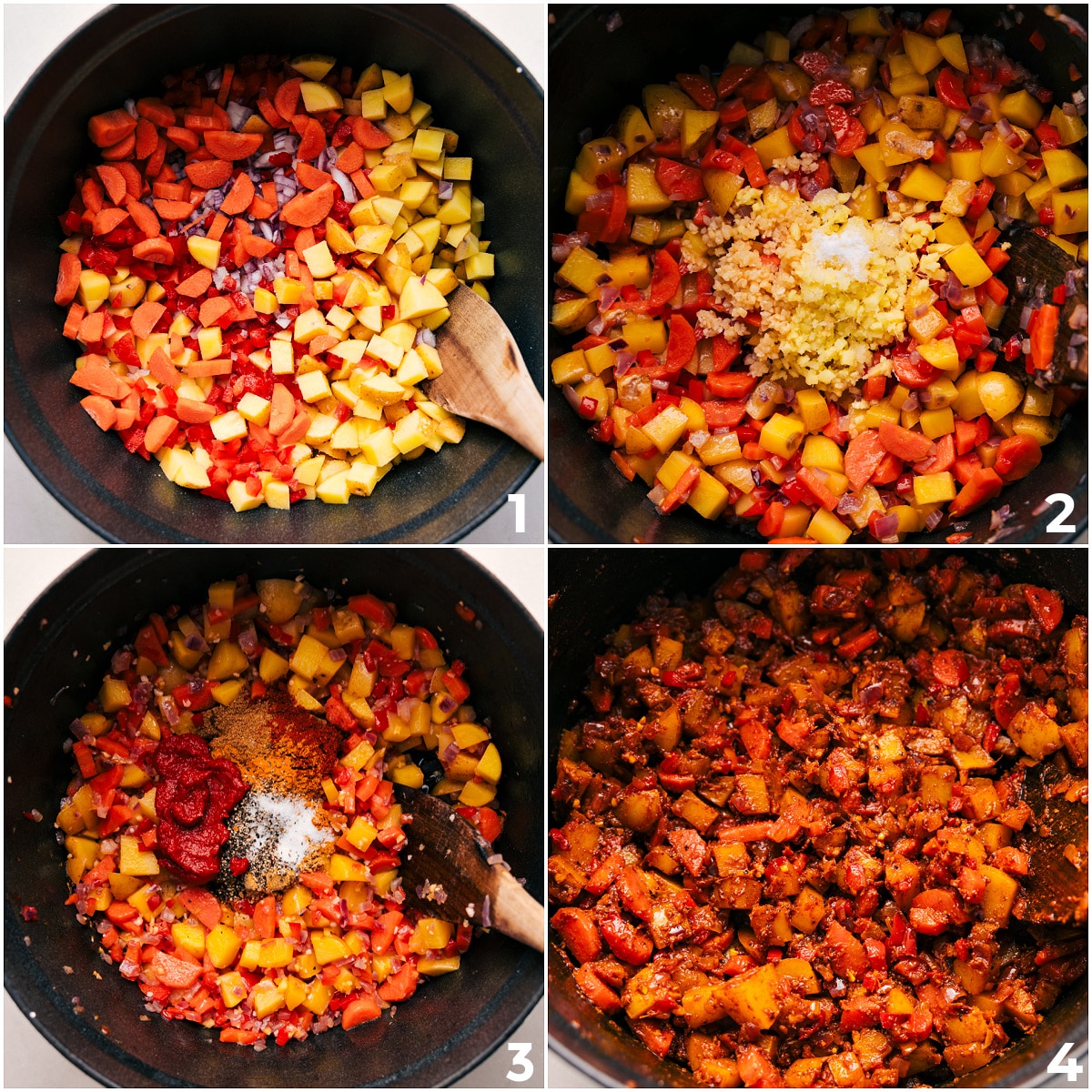
Vegetable Masala Tips
- Make it spicier: Add more cayenne or red pepper flakes.
- Salt matters: With bold spices, salt is key. Taste often and adjust as needed.
- Layer flavors: Sautéing in stages makes a big difference. Spices get bolder, tomatoes taste sweeter, and veggies cook more evenly.
- Switch up veggies: Try adding green beans or baby corn near the end, or swap in your favorites!
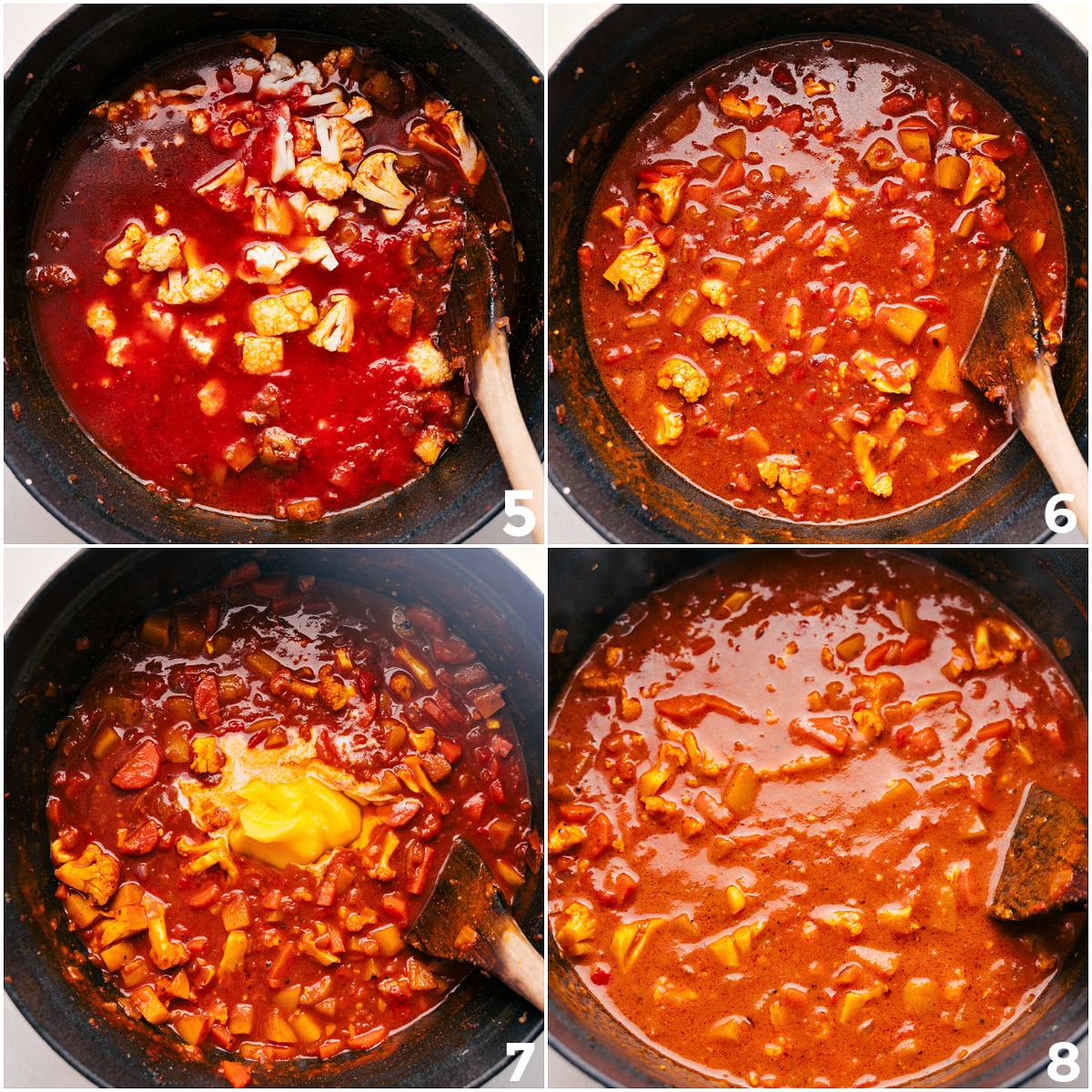
What To Serve With Vegetable Masala
This meal is great on its own, but a few extras make it even better! A squeeze of lemon and fresh herbs right before eating bring out the flavors. Here are a few other things I love to serve with it:
- Cucumber raita: Cool, creamy yogurt balances the warm spices. We made this in the class, and it is now a must-have for me! (Recipe below.)
- Basmati rice: Light, fluffy, and perfect with this dish.
- Naan: Tastes best warm! Toast it, heat it in the microwave, or char it over a stovetop flame.
Quick Tip
Cucumber Raita: Mix ½ cup Greek yogurt, ½ cup chopped cucumber, 2 tbsp cilantro, 2 tsp green onions, ¼ tsp cumin, ¼ tsp coriander, and ¼ tsp salt. Stir, chill, and stir again before serving.
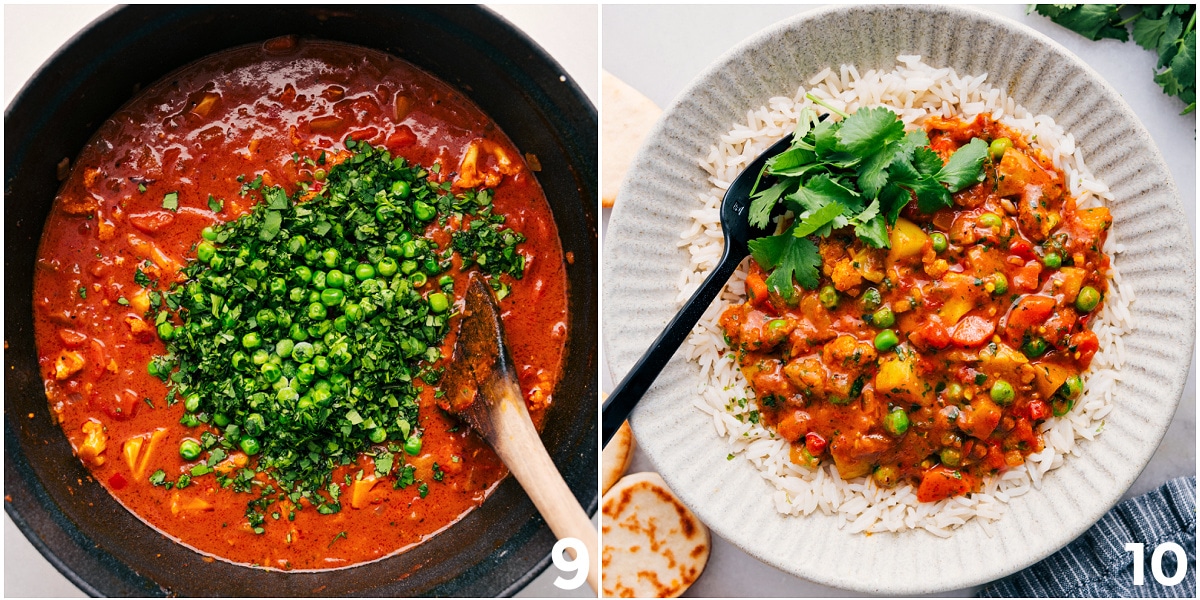
Storage
Like most curries, this Vegetable Masala gets even better over time!
- Fridge: Store in an airtight container for up to 4 days.
- Reheat: Warm on the stove over low heat or in the microwave, adding a splash of cream if needed.
- Freeze: Store in a freezer-safe container for up to 3 months. Thaw in the fridge before reheating.
More Curry Recipes
- Chicken Curry with coconut milk
- Sweet Potato Coconut Curry Soup with chickpeas
- Curry Lentil Soup with red lentils
- Butter Chicken Meatballs over rice
- Curry Chicken Salad with golden raisins
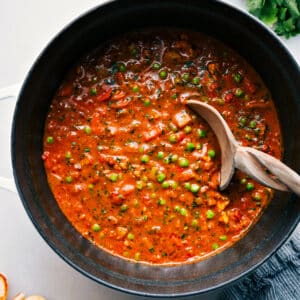
Vegetable Masala
Equipment
Ingredients
- 3 tablespoons coconut oil melted
- 5 tablespoons unsalted butter divided
- 1-1/2 cups finely diced red onion 1 large onion
- 1-1/2 cups thinly sliced carrots 4 large carrots
- 1 cup diced red pepper 1 pepper
- 3 cups diced baby gold potatoes 4 potatoes
- 1 cup chopped cauliflower
- 1 teaspoon sugar
- 2-1/2 tablespoons finely minced garlic 5 cloves
- 2 tablespoons finely minced ginger peeled, 1-1/2 inch piece
- 2 tablespoons tomato paste
- 1 (14.5-ounce) can crushed tomatoes I like fire-roasted
- 1-2/3 cups vegetable broth
- 1/4 cup + 2 tablespoons heavy cream
- 1 cup frozen sweet peas
- 1/3 cup finely chopped cilantro or parsley
- Serving suggestions see note 1
- 2 teaspoons ground turmeric
- 2 teaspoons ground coriander
- 1 tablespoon paprika
- 1 tablespoon garam masala
- 1 teaspoon ground cumin
- 1/8 teaspoon ground cardamom
- 1/8 teaspoon cayenne pepper optional
- Salt and pepper
Instructions
- Finely dice red onion and pepper (or use a food processor). Wash and thinly slice the carrots. Dice the potatoes into ½-inch pieces (no need to peel). Chop the cauliflower into small pieces. Mince the garlic and ginger (or add to food processor).
- Heat a large cast-iron pot over medium-high heat. Add coconut oil and 2 tablespoons butter. Once melted, add onion, carrots, bell pepper, potatoes, and 1 teaspoon salt. Sauté for 8–10 minutes, stirring occasionally.Add garlic, ginger, and sugar; sauté for 2 more minutes, stirring frequently.
- Reduce heat to medium. Add all seasonings, tomato paste, plus salt & pepper (I add ½ tsp each). Stir constantly for 3 minutes until the tomato paste darkens and everything is fragrant. (Lower heat if anything starts burning.)
- Add cauliflower and crushed tomatoes; stir for 1 minute, scraping up any browned bits from the bottom. Stir in vegetable broth and press the veggies below the liquid.Bring to a gentle simmer (bubbling at the edges), then reduce heat slightly. Simmer 15–20 minutes, stirring occasionally, until veggies are fork-tender and the sauce has thickened. (If needed, slightly increase heat to thicken.)
- Reduce to lowest heat. Stir in heavy cream and the remaining 3 tablespoons of butter until melted. Remove from heat. Stir in frozen peas and cilantro. Taste and adjust seasoning—you may need 1–2 teaspoons sugar depending on the acidity of the tomatoes.
- Serve over rice with a squeeze of lemon, add cucumber raita if you like, and enjoy with warm naan!
Video
Recipe Notes
- To make basmati rice, rinse 1 cup in a fine-mesh sieve until the water runs clear, then soak it in water for 5–10 minutes. Bring a large pot of water to a rolling boil, drain the soaked rice, and add it to the pot. Cook for 5-10 minutes or until tender, then drain and fluff with a fork.
- For a quick cucumber raita, mix ½ cup Greek yogurt, ½ cup chopped cucumber, 2 tablespoons cilantro, 2 teaspoons green onions, and ¼ teaspoon each of cumin, coriander, and sea salt in a bowl. Stir well and refrigerate until ready to serve.
- To warm naan, lightly spray both sides with cooking spray and grill over an open flame for 10–20 seconds per side until slightly charred. If using an oven, preheat to 200°F, stack the naan, wrap it in foil, and heat for 5 minutes.
Nutrition
Nutrition information is automatically calculated, so should only be used as an approximation.


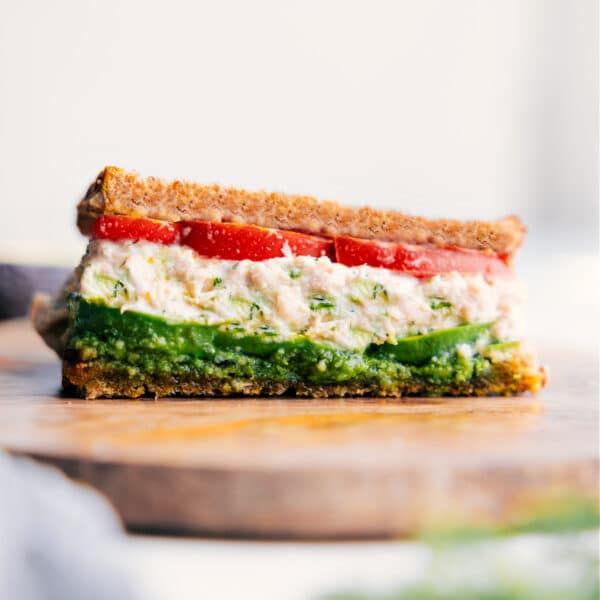
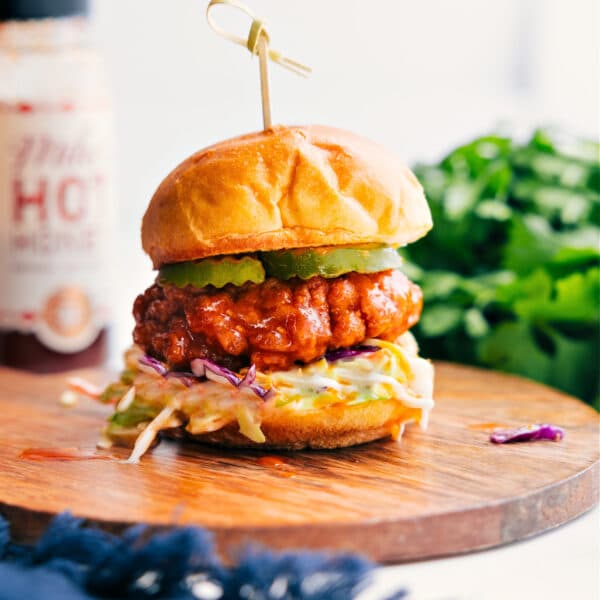
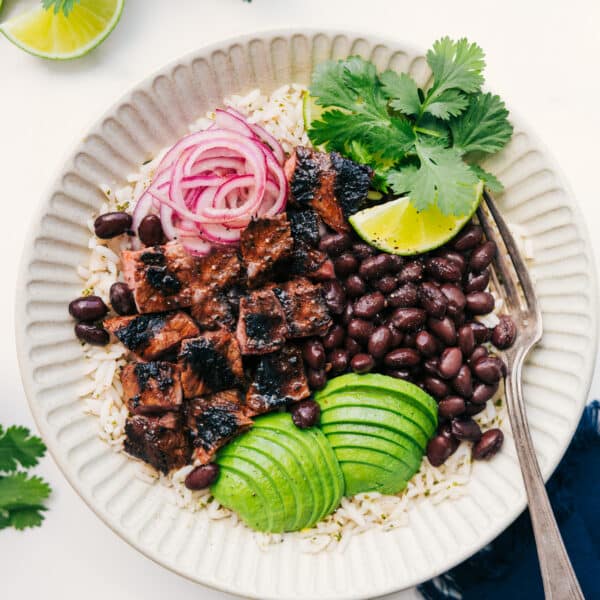
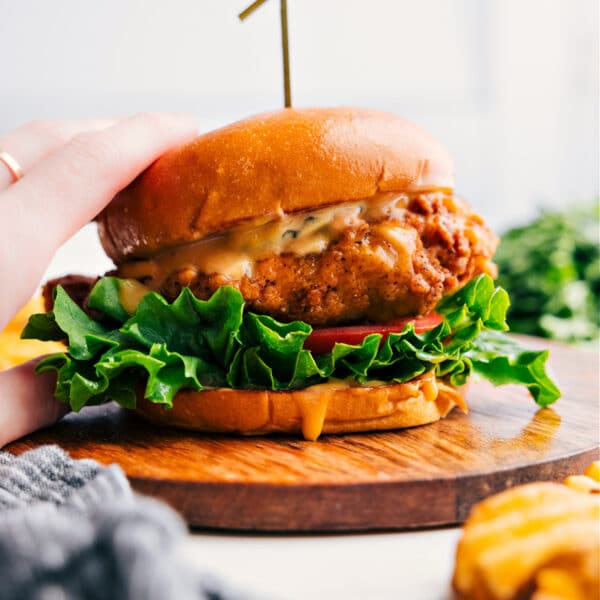









I really appreciate that you include the quantity of each vegetable along with the measurement, because that is the part of cooking that confuses me the most! Leads to food waste for me or not wanting to cook. That being said, I haven’t tried the recipe yet, but will this weekend and will update my comment 🙂.
I am so happy to hear my instructions are helpful! I hope you enjoy! Thanks Amber! 🙂
Really good. Really really good.
So thrilled to hear this! Thanks Julie! 🙂
There was more saturated fat in this recipe than I liked, so I omitted the butter and just used the heavy cream with a little olive oil as well. It still turned out really tasty! And it still had a sauce-like consistency, though it was a little thin.
Yes, I imagine without the butter it would be a little thin! Glad you were able to make it how you prefer though! Thanks for the comment 🙂
Can I use coconut milk or coconut cream in place of the heavy cream?
I haven’t personally tried, but I don’t see why it wouldn’t work. Flavor will be different and texture-wise less thick!
This was so yummy! Thanks for another winner!
Yay! So glad you liked it, than you Brooke 🙂
This is absolutely delicious! Even my “Let’s have only meat for supper” husband loved it.
Yay! So glad to hear that! 🙂
will be making this soon can i skip butter and ghee as both butter and ghee makes me vomit am indian and i apporved this will dm you if i make this and let you know how it goes Thanks Ramya
Hope you love it!